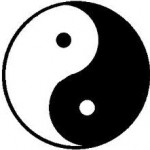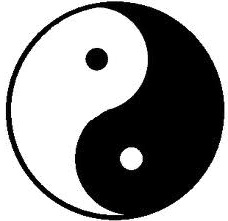November 8th, 2011 — Investing

Taijitu
Let’s apply the Fourfold Problem-Solving technique of last week to an example in the microeconomics level of the economy. Let’s suppose you are part of the lucky 1%.
You manage a buyout fund. A good opportunity comes your way. There’s a company in trouble, and you have the funds to buy it. Should you?
Here are four aspects of that question:
Buy Hold
Walk away Flip
Villains and heroes
Continue reading →
October 30th, 2011 — Economics and Investing
You’ve probably seen this symbol somewhere. It’s commonly called the Yin/Yang symbol. Its name is “Taijitu,” or “diagram of ultimate power”. The Taijitu is the symbol that also expresses the logic of the ancient Chinese Book of Changes – the I Ching.
The logic of the I Ching includes fourfold problem solving, a method for solving problems by using two pairs of opposite ideas to analyze a situation.

Taijitu, diagram of ultimate power
This circle above contains two pairs of opposite concepts that you can easily spot: (1) big and small, and (2) black and white.
The small black and white circles are said to represent the sun and the moon, in the context of night and day. They are part of the eternal cycles of being. Continue reading →
October 21st, 2011 — Taxes
I’ve cleared up one concern I’ve had about Warren Buffets call to tax millionaires!
Most of us think that the current recession is largely due to a lack of private spending in our economy. So, what would a millionaires’ income tax do? Would it help or would it set us back?
Ed Hammond, in his Perspective column in the House & Home section of the Financial Times (October 8/9, 2011) wrote a piece called “Measuring the pay gap in square feet.” Continue reading →

